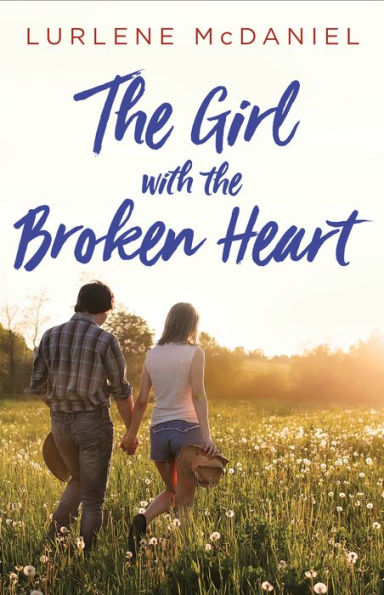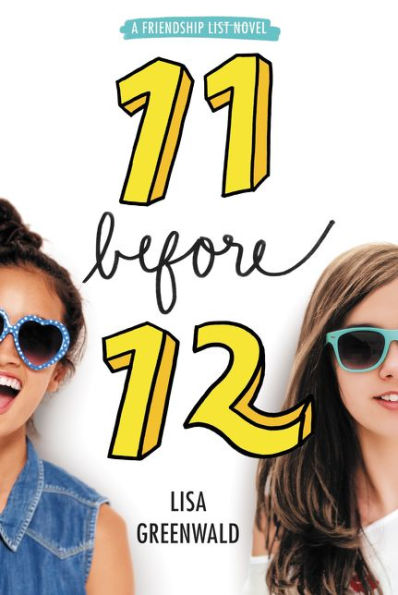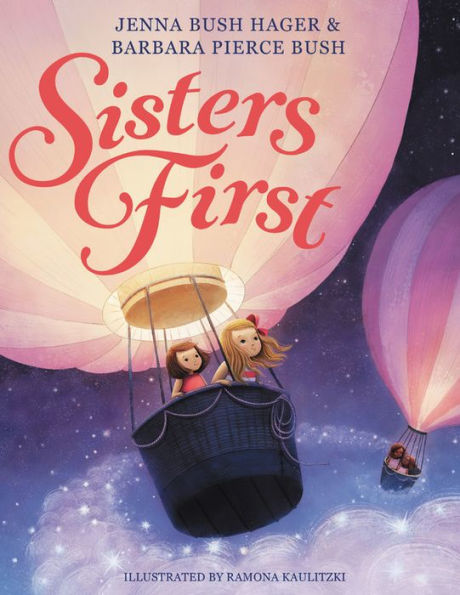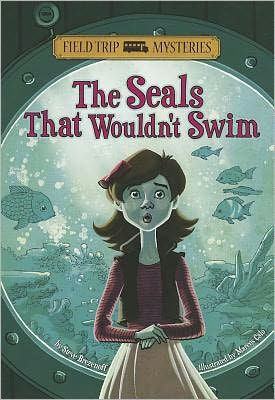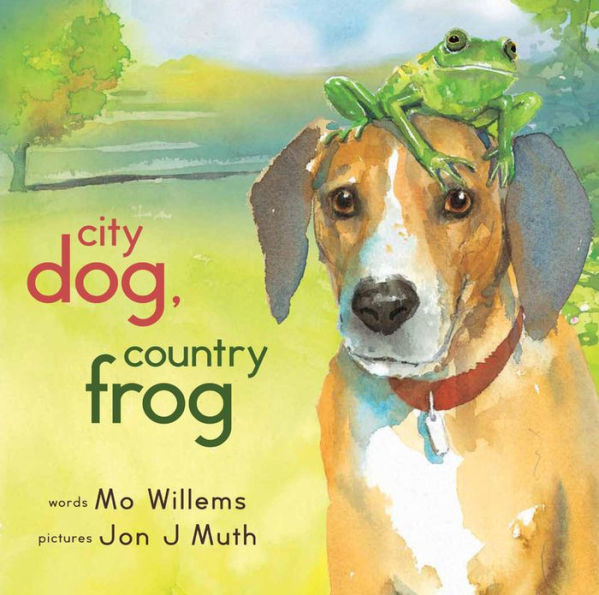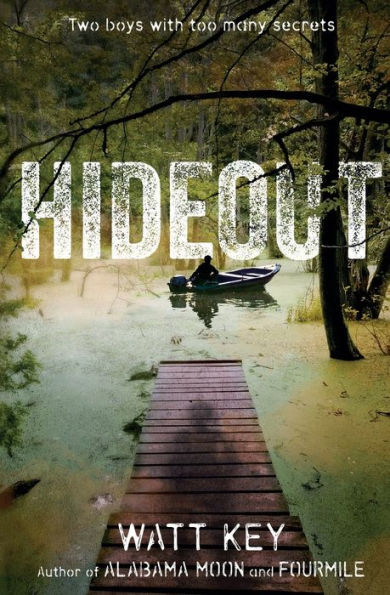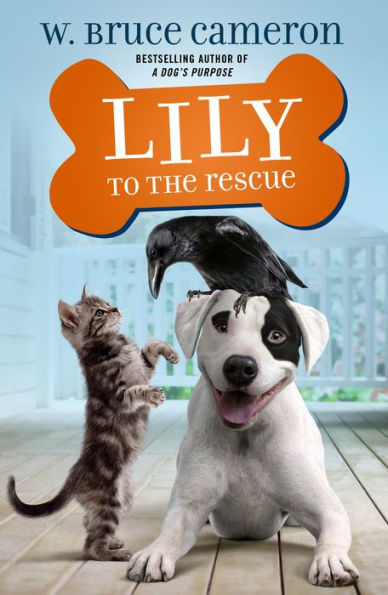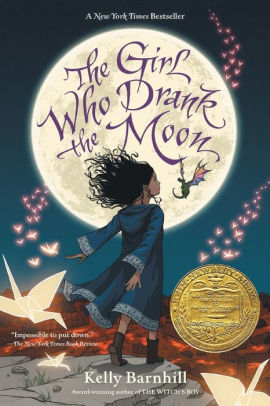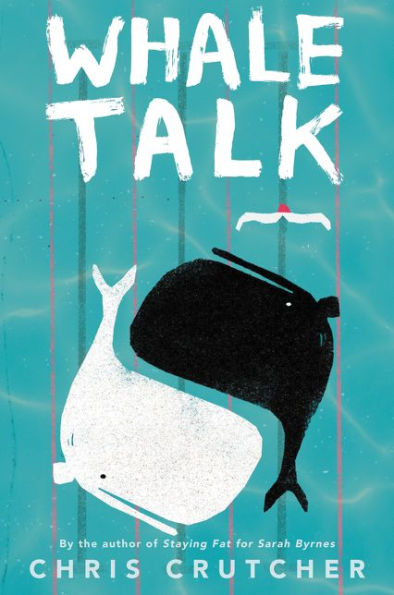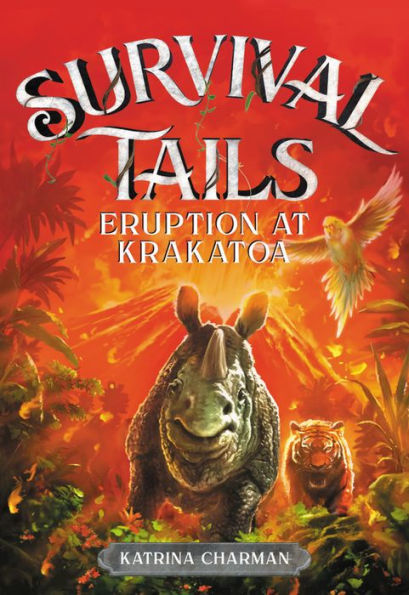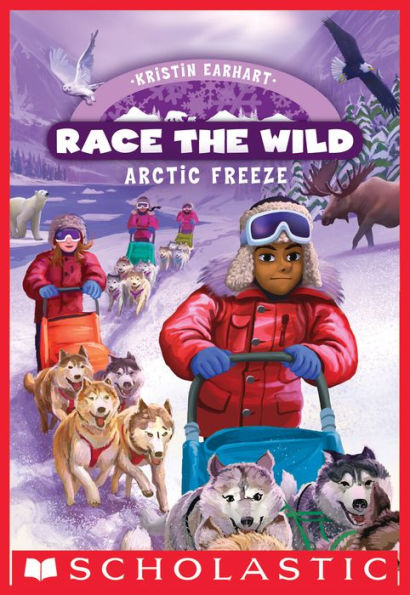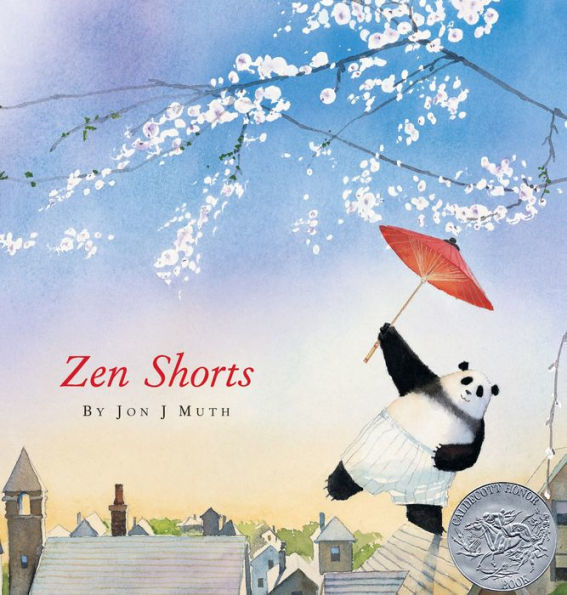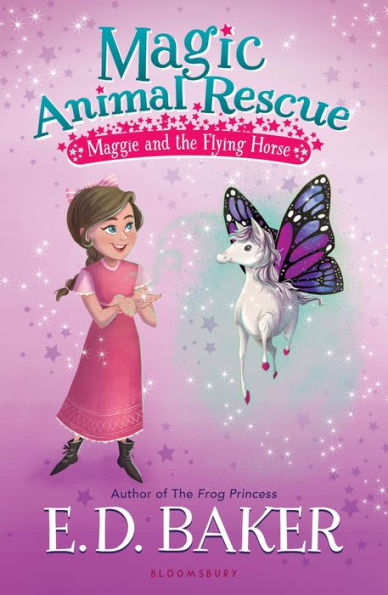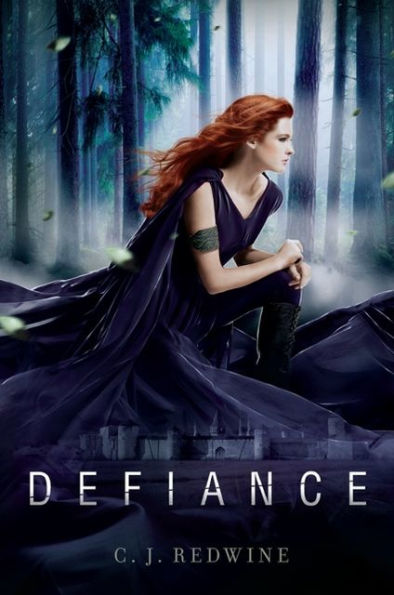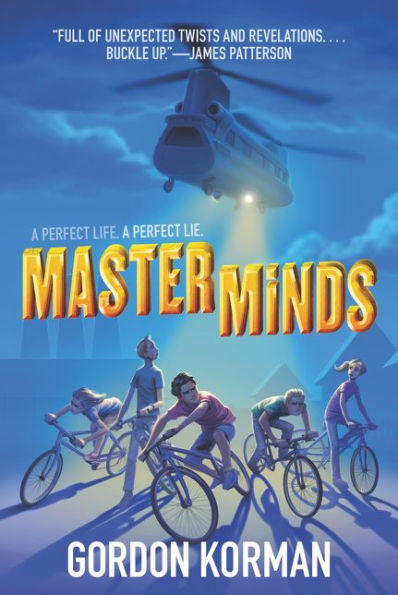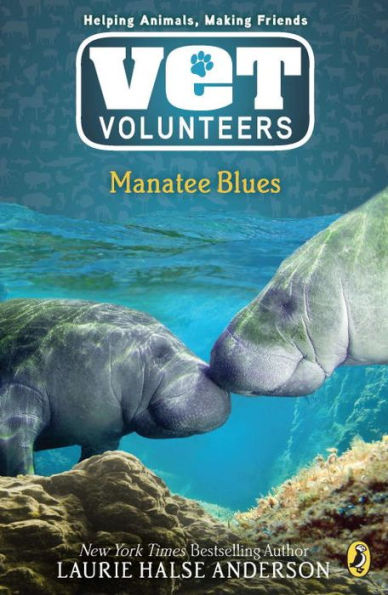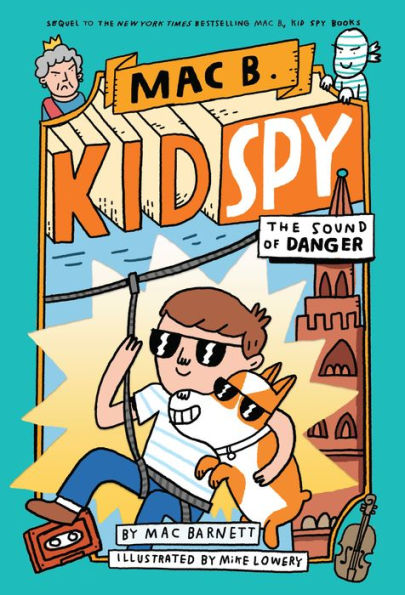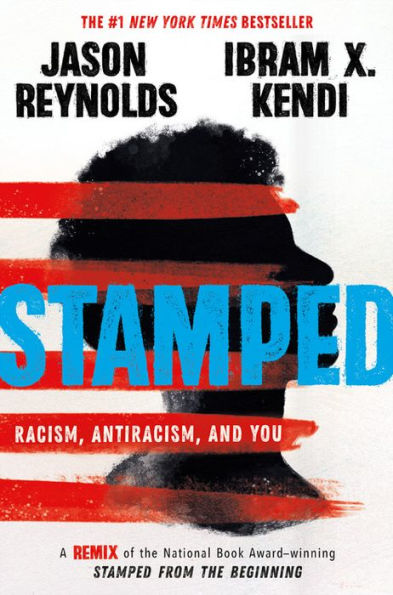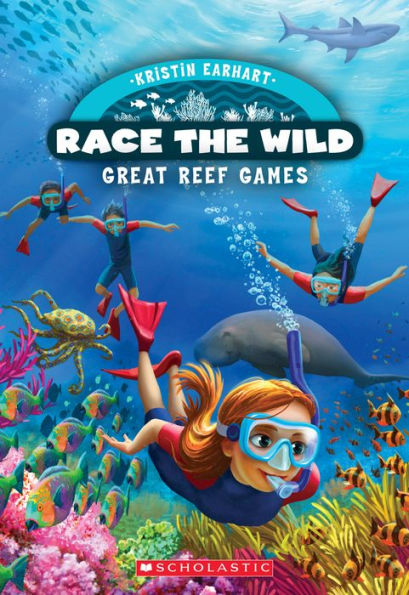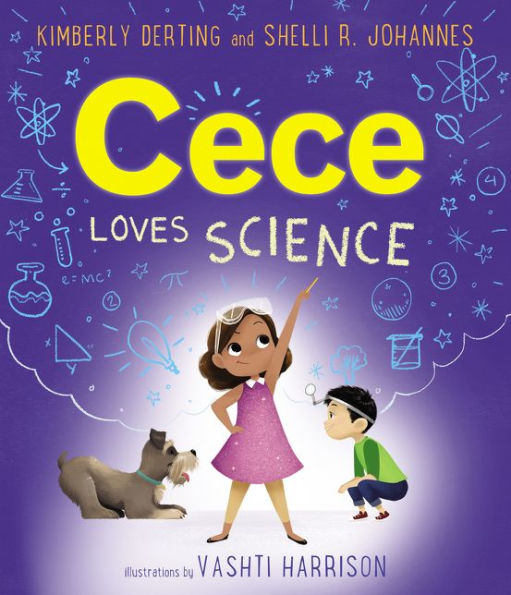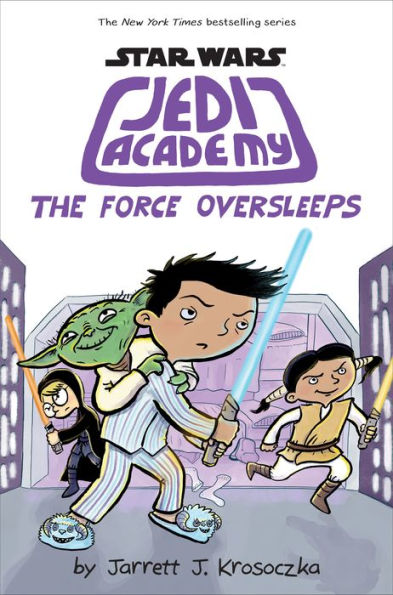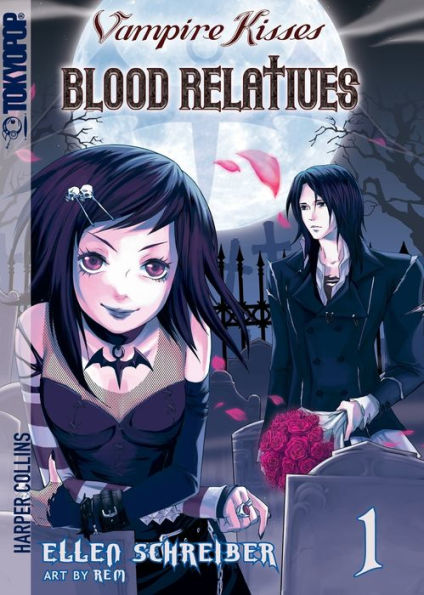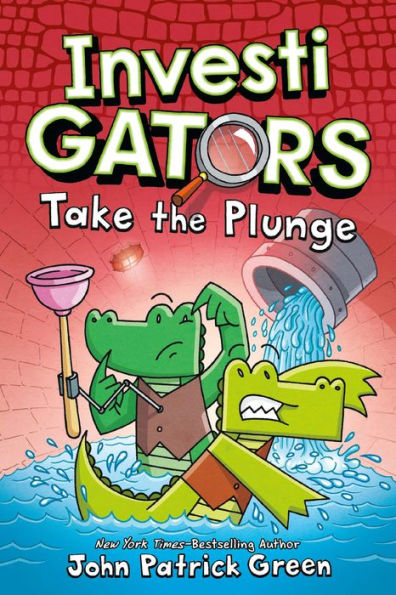For the past few months, family has meant nothing but heartache for Kenzie Caine. When her second year at college comes to a close, the last thing she wants to do is return home. Luckily, she’s just landed her dream summer job working at the well-known Bellmeade horse farm in the nearby town of Windemere. Rehabilitating abused horses is hard work, but it’s the perfect distraction from her mother’s deep depression and her turbulent relationship with her father. With the beautiful horses, Kenzie is in her element.
Still, she has her own health limitations—a weakened heart. Her employers, the affable Jon and Ciana Mercer, are well aware of her condition and have tasked the charming stable hand, Austin Boyd, with helping Kenzie with some of the heavy lifting. But Austin has his own secrets. As Kenzie and Austin become closer, those secrets lead to shocking revelations that test the walls Kenzie has built around her heart.
The Girl with the Broken Heart follows a familiar romance format and holds few surprises. Kenzie is an admirable character who doesn’t allow her heart condition to get in the way of her dreams. However, the complicated backstory, which lacks development, makes it difficult to connect with Kenzie. Much of her conflict is internal and revolves around her family life, but the reason for her conflict lacks detail, which causes confusion.
Even though The Girl with the Broken Heart is a clean romance appropriate for younger readers, the age of the character may make it difficult for readers to connect with her. Kenzie is in college, but her love interest’s age is unclear, though he has been working as a police officer for many years. The story hits on the topic of sexting, internet bullying, and suicide. However, these topics are also underdeveloped and unfortunately don’t evoke an emotional reaction.
Kenzie’s summer job is rehabilitating abused horses and the story explains the dangers of the painful method of soring Tennessee Walking Horses. While the abuse may resonate with those familiar with horse competitions, others may be confused because soring isn’t described until later in the book. In addition, the story focuses more on Kenzie’s relationship with Austin instead of her interaction with the horses.
The Girl with the Broken Heart is a sweet romance, but the older characters and lack of plot development make the book more appropriate for older readers. While Kenzie’s heart condition adds interest to the story, in the end, her character will quickly be forgotten. Teens looking for romance with a unique plot should try I Believe in A Thing Called Love by Maurene Goo.
Sexual Content
- Dawson and his fiancée kiss several times. For example, “Dawson bent down and kissed Lani on the mouth.”
- After Kenzie acts frosty towards Austin, he says, “Why, I could have sworn yesterday when we held hands that you liked having me close to you. So much so that if I’d walked you to your door last night like I wanted, I might have gotten a kiss.” Kenzie denies her attraction towards Austin.
- Austin tells Kenzie about his first kiss. “We kissed once just to try it out and broke out laughing. No chemistry. No magic.”
- Kenzie doesn’t know how to feel about Austin. “When he’d leaned over her, listening to her every word and looking into her eyes, she’d felt a fluttering sensation in her heart. . . desire.” She thinks Austin is going to kiss her and is disappointed when he doesn’t.
- Austin doesn’t like it when a coworker “let his gaze roam over Kenzie’s body.”
- Kenzie falls asleep while caring for a sick horse. When Austin sees her, he “wanted to touch her, smooth her hair . . . He wanted to bend down and kiss her awake.”
- Kenzie recalls when she was thirteen and one of the ranch hands cornered her in the stable. The man “came up behind me, started rubbing my shoulders, telling me he thought I was pretty. I froze. He said other stuff, too, sexy things I didn’t understand at the time. . . Then he turned me around and planted a big wet sloppy kiss on my mouth.”
- After walking Kenzie home, Austin “longed to take her in his arms, hungered for the feel of her warm mouth on his.” He forces himself to leave.
- After an outing with Austin, Kenzie “placed both hands against his chest, rose up on her toes, and brushed her lips over his. Pulling away with a saucy smile, she whispered ‘Tag, you’re it,’ and ran back to the house.”
Violence
- An upperclassman convinced Kenzie’s sister to “send pictures of her naked body to him, she did . . . because he said he loved her.” The boy then sent the pictures to others, who “shamed her! Made f-fun of her.” Afterward, Kenzie’s sister hangs herself on Valentine’s Day.
- Someone vandalizes Kenzie’s car. “Both seats had been slashed with long vicious wounds that left the innards oozing out of the pale creamy leather like pieces of roadkill.”
- When Austin is in the barn alone, a masked man stabs him with a knife. “Austin, gagged, heard a whoosh—his lung blown, deflating. He staggered, twisted away from the stall, fell backwards, his head slamming against the hard floor. . . searing, burning pain.” The farm dog attacks the man. “The assailant was hurled to one side, then hauled backwards amid growls and snarls. The man screamed. Human bone crunched.” Both men end up in the hospital.
Drugs and Alcohol
- Kenzie goes to a party where people “gathered around patio tables, drinking sodas and beer.”
- Kenzie’s mom takes pills for depression.
- While at a Fourth of July party Austin is “nursing a beer.”
- While in the hospital Austin is given a “morphine infusion pump.”
- Austin tells Kenzie about a case he was working on. “Kids were dying. Opioids. Five area high schools had lost seven teens in four months.”
- After taking drugs, a teen tells Austin, “The first time I used, I felt like I’d been kissed by an angel. Every time after, I was chasing that feeling. Never got it again.”
Language
- Kenzie calls Austin a conceited jerk. Later, Austin tells Kenzie that someone is “pretty much a jerk.”
- Crappy is used twice. Once Kenzie says, “Having a crappy heart condition wasn’t going to slow me down. So far, it hasn’t.”
- At a horse competition, a man sees Kenzie looking at a horse. The man says, “If it isn’t the bitch who helped destroy my grandfather.” After the altercation, Austin asked, “And what should I have done? Beat the crap out of him?”
- Damn is used once. Hell is used twice.
Supernatural
- None
Spiritual Content
- None
